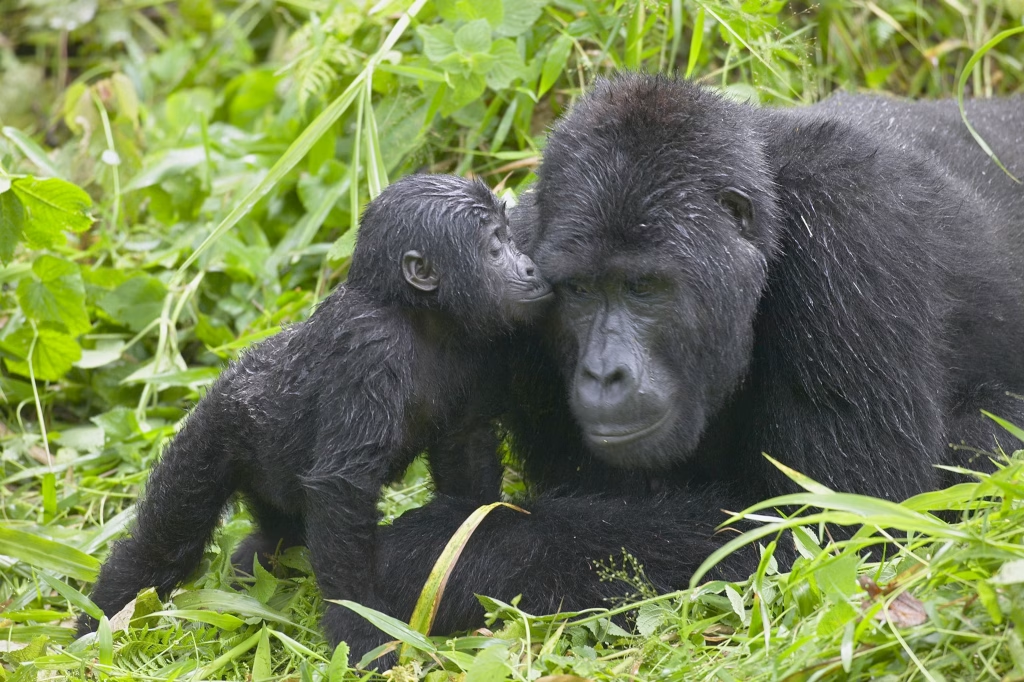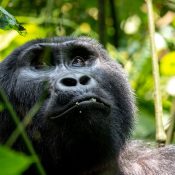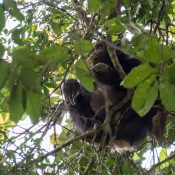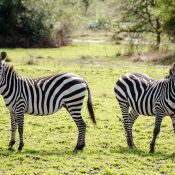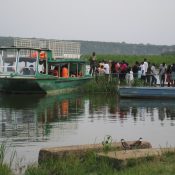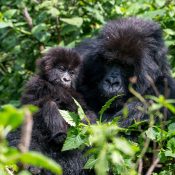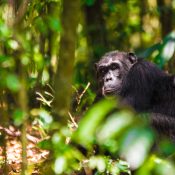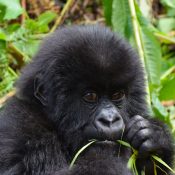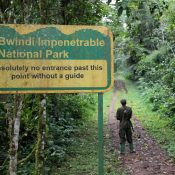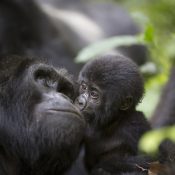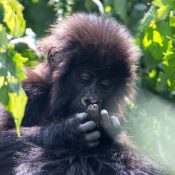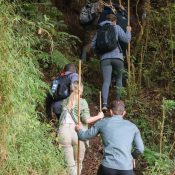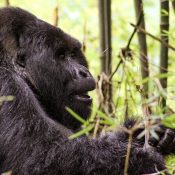African Buffalo: The Unpredictable Giant of the Savannah
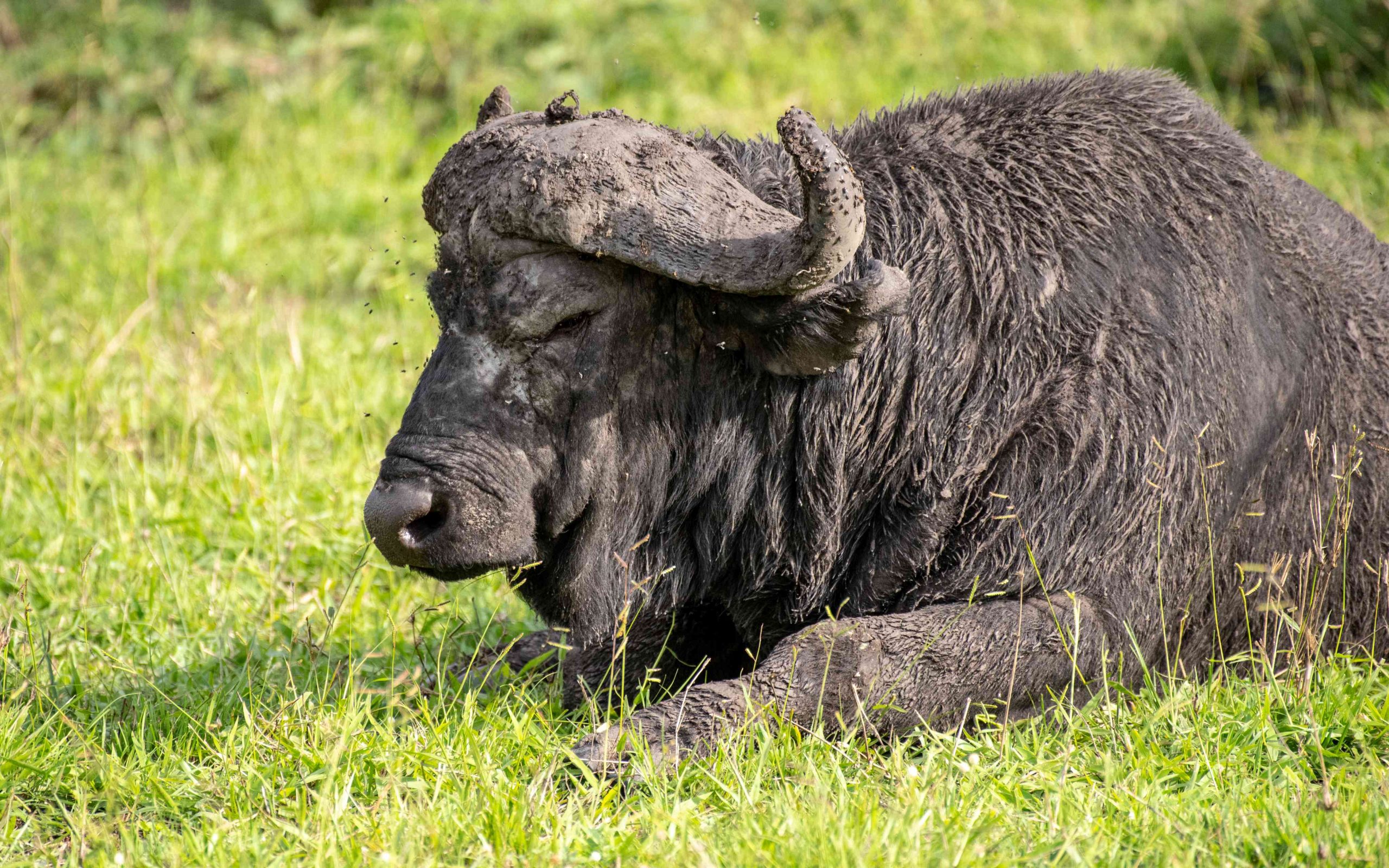
“Never underestimate the buffalo. It doesn’t roar like a lion or stalk like a leopard—but when it charges, nothing stops it.” — Veteran safari guide, Uganda
The African buffalo (Syncerus caffer) is the only wild ox native to the continent—and one of the most feared members of the Big Five. Nicknamed “Black Death” or “Widowmaker” by hunters, this hulking beast has sent more people to the hospital than any other African animal.
Quick Facts: African Buffalo
- Scientific Name: Syncerus caffer
- Adult Weight: 680–900 kg (males); 500–700 kg (females)
- Shoulder Height: 1.5–1.7 meters
- Habitat: Savannah, floodplains, forests
- IUCN Status: Near Threatened
- Lifespan: 20–25 years in the wild
- Herd Size: 50–500 (savannah); 10–30 (forest)
Why Are Buffaloes So Dangerous?
Unlike predators that hunt for food, buffaloes defend. A wounded buffalo will circle back through thick bush to ambush its attacker. Their fused horn base (boss) forms a helmet-like shield—capable of flipping vehicles.
Real Story: In 2019, a buffalo in Kruger National Park charged a safari jeep, lifting it off the ground before ramming it into a tree. The driver survived—barely.
They also have poor thermoregulation. In equatorial heat, they wallow in mud for hours, coating their bodies in a natural sunscreen and insect repellent. This makes them unpredictable near waterholes.
Herd Structure & Behavior
Buffaloes live in two distinct groups:
| Group Type | Composition | Behavior |
|---|---|---|
| Family Herds | Females, calves, young males | Tight-knit, protective |
| Bachelor Herds | Adult males (5–10) | Looser, more aggressive |
- Calves are born during the rainy season (Nov–Apr)
- Old males often become solitary “dagga boys” (mud-covered loners)
- Herds vote by gaze—the direction most buffaloes face determines movement
Diet & Foraging
Strictly grazers, buffaloes prefer tall grasses but will browse bushes in dry seasons. They:
- Drink 40 liters of water daily
- Travel 10–20 km in search of fresh pastures
- Create “grazing lawns” that benefit smaller herbivores
Where to See African Buffalo in Africa
| Park | Country | Best Time | Notes |
|---|---|---|---|
| Chobe National Park | Botswana | Jun–Oct | Riverfront herds |
| Kruger National Park | South Africa | Year-round | High density |
| Queen Elizabeth NP | Uganda | Jun–Sep | Ishasha sector (tree-climbing lions + buffalo) |
| Moremi Game Reserve | Botswana | Jul–Oct | Floodplain spectacle |
Safari Tips for Viewing African Buffalo
- Stay in the vehicle — buffaloes have charged open-top cars
- Look for dust clouds — herds kick up storms when moving to water
- Avoid thickets — injured buffalo hide and ambush
- Early morning/late afternoon — best light + activity
- Walking safaris — only with armed ranger (e.g., Mana Pools, Zimbabwe)
Pro Tip: In Ishasha (Uganda), buffalo herds attract tree-climbing lions—a rare double sighting.
Conservation Status
While not endangered, buffalo face:
- Habitat loss from agriculture
- Disease (rinderpest, bovine TB)
- Poaching for horns/meat
Population: ~900,000 (stable but declining outside protected areas)
Ready for a Close Encounter?
Witness the thunder of hooves and the glare of the Black Death.
Talk to our experts
Recent Posts
African Buffalo: The Unpredictable Giant of the Savannah
Gorilla Habituation in Bwindi Impenerable Park
Chimpanzee Trekking in Kyambura Gorge: The Ultimate Guide
Discover Lake Mburo National Park: Your Ultimate Safari Adventure Guide
Kazinga channel boat cruise
Uganda Gorilla Tours.
Chimpanzee trekking in Uganda.
Gorilla Trekking in Uganda.
Gorilla Trekking Guide for Bwindi and Mgahinga National Parks (2025
Essential Packing List for Your Gorilla Trekking Adventure in Uganda (2025 Guide)
Gorilla Trekking Rules
Gorilla Trekking Tours: Exploring the World of Mountain Gorillas
10 Essential Facts About Mountain Gorillas for Trekking Enthusiasts
Where do mountain gorillas live
What you need to know about Silverback Gorillas
Booking Gorilla Trekking Permit
Ceremonial naming of a gorilla in Rwanda
Tags
Start Planning
Info@inmotiongorillasafaris.com
TALK TO AN EXPERT
Explore breathtaking destinations, unique cultural experiences, and unforgettable journeys. Start your adventure today with our tailored travel packages.
